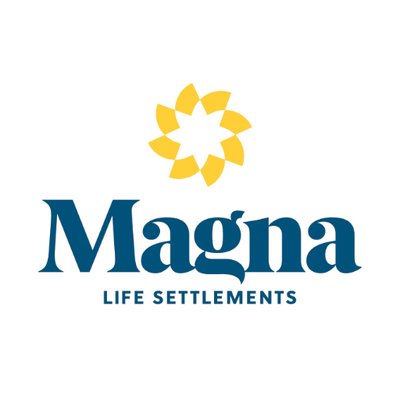Reverse Mortgage vs. Life Settlement

According to the National Institute for Retirement Security, the deficit of retirement savings in the United States is between $6.8 and $14 trillion. As the cost of retirement precipitously rises, it’s more important than ever that seniors stay informed about sources of extra income like reverse mortgages and life settlements.
The features and requirements of reverse mortgages and life settlements are different, but each is a vehicle to create a source of extra cash for retirement. Seniors shouldn’t hesitate to do their own research and ask their financial advocates for information about these two opportunities that create immediate resources from long-held assets.
What follows is a look at the primary differences, along with some similarities, between reverse mortgages and life settlements:
Magna Life Settlements Overview
Value Source
A life settlement turns the liability of an unwanted life insurance policy into an asset through the sale of that policy for a cash payout. A reverse mortgage allows homeowners to convert part of the equity in their house into cash. Both create opportunities for seniors to find value from investments they have already made.
Requirements
In most cases, life settlements are available for individuals over 65, although in some cases younger policyholders can qualify if they have certain health impairments. Reverse mortgages are generally a possibility for homeowners who are age 62 or older. Unlike life settlements, which are more favorable for seniors with health impairments, reverse mortgage eligibility has nothing to do with medical status.
Payout
Whereas both tools can help meet financial needs in retirement years, they differ in the amount and delivery of the cash payout. Life settlements are distributed in one lump sum, whereas reverse mortgages often come as a regular payment from the lender to the mortgage holder (hence the term “reverse mortgage.”) Another difference is the determination of the transaction value; in a life settlement, the amount paid to the policyholder is determined by the settlement market, while the payout in a reverse mortgage is determined by the appraisal value of the home. Both products have factors that can reduce their payout amount—the price structure of the policy and health of the insured for life settlements, and the presence of liens on the property for reverse mortgages.
Both life settlements and reverse mortgages are gaining in popularity among retirees, and seniors can find peace of mind in the fact that both are regulated—reverse mortgages by the Federal Housing Authority and life settlements through growing state laws that now cover 90 percent of the U.S. population.








